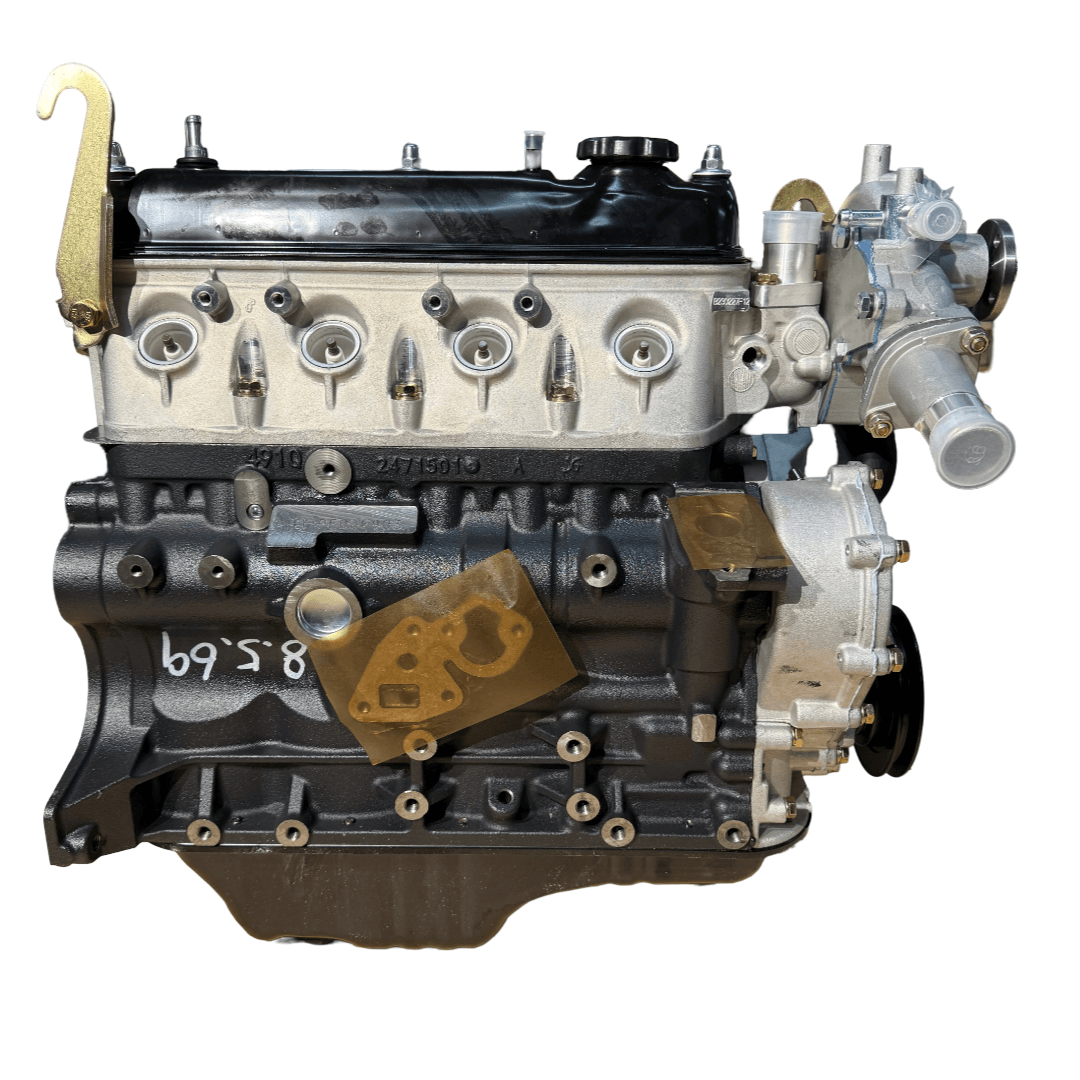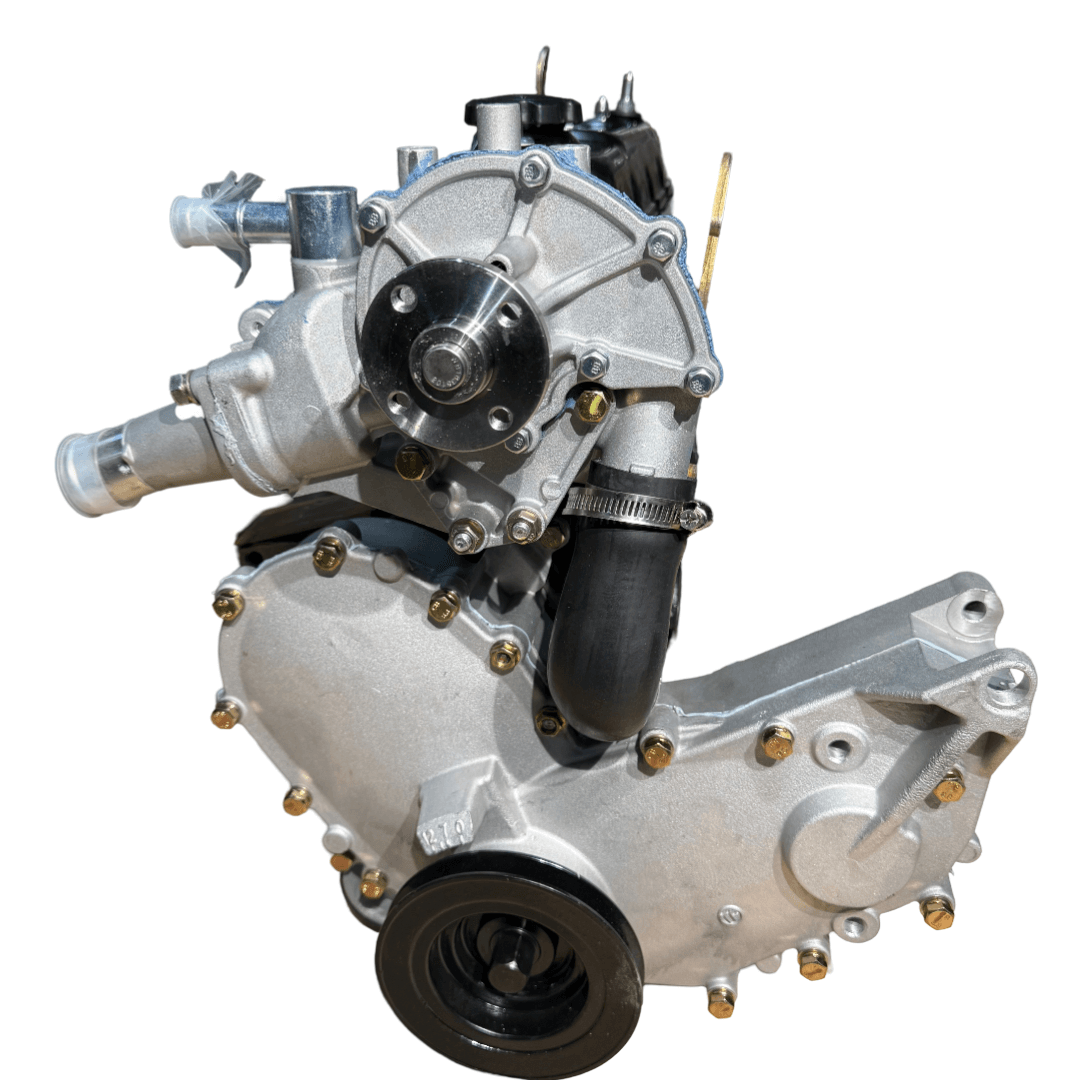How the 4Y Engine Contributes to a Smooth and Powerful Driving Experience
How the 4Y Engine Contributes to a Smooth and Powerful Driving Experience
Blog Article
Discovering the Various Types of Engine: Which One Fits Your Needs?
Internal combustion engines continue to control due to their dependability, while electrical engines are getting grip for their sustainability. Crossbreed engines use a versatile concession, and diesel engines stand out for their power in demanding applications.

Inner Burning Engines
Inner combustion engines (ICEs) are the foundation of modern transport, powering a substantial selection of lorries from automobiles to airplanes. These engines operate the concept of transforming fuel into mechanical power via a series of controlled explosions within a burning chamber. One of the most common kinds of ICEs include gas engines, diesel motor, and rotating engines, each made to satisfy specific performance and efficiency needs.
Gas engines commonly use spark ignition, while diesel motor rely upon compression ignition, leading to unique distinctions in fuel performance and power output (4y engine). Rotary engines, or Wankel engines, supply a portable style and smooth procedure, yet are less typically made use of in mainstream applications
ICEs have undergone substantial innovations in modern technology, including the introduction of turbocharging and fuel injection systems, which enhance overall performance and performance. In spite of their performance renovations, ICEs face raising examination due to their environmental effect, specifically regarding greenhouse gas emissions.
Electric Engines
As worries regarding environmental sustainability and nonrenewable fuel source dependence grow, electric engines have emerged as an engaging alternative to inner combustion engines. These engines make use of electrical motors powered by batteries or fuel cells, offering a cleaner and extra reliable motive powers.
Among the key benefits of electric engines is their lowered exhausts. Unlike traditional engines that shed fossil gas, electric engines produce zero tailpipe discharges, dramatically lowering air contamination and adding to enhanced public wellness. Furthermore, the performance of electrical motors commonly exceeds that of inner burning engines, converting a better proportion of power from the source of power right into useful energy for activity.
Electric engines are additionally remarkable for their quiet procedure, making them excellent for urban atmospheres. 4y engine. The simplicity of their design results in less moving parts, which can cause lowered maintenance costs and enhanced dependability in time
However, obstacles continue to be, consisting of battery manufacturing impacts, charging facilities, and variety limitations. Regardless of these difficulties, the expanding financial investment in electrical vehicle innovation and renewable power resources factors towards an encouraging future for electrical engines, placed to play a critical duty in the transition toward sustainable transport.
Hybrid Engines
Blending the benefits of both electric and conventional interior burning engines, hybrid engines stand for a flexible service in the mission for reliable and lasting transport. These engines incorporate a gas or diesel motor with an electrical motor, enabling boosted gas efficiency and reduced emissions contrasted to standard cars.
Crossbreed engines operate in a number of settings, using the electrical motor for low-speed driving and the inner combustion engine for greater speeds or when more power is needed. This dynamic operation not only improves fuel economic climate but additionally adds to a smoother driving experience. Regenerative stopping is another important attribute, recording power generally lost during stopping and rerouting it to reenergize the battery.

As customers significantly prioritize eco-friendliness, crossbreed engines useful site stand apart as a sensible choice, offering an effective balance of performance, effectiveness, and ecological obligation. This flexibility makes them appropriate for urban commuting and long-distance travel alike.
Diesel Engines
Efficiency and power are hallmarks of diesel engines, which have long been favored for their effectiveness and gas economic situation. These engines operate the principle of compression ignition, where air is pressed to a high temperature level prior to fuel is infused, sparking it without the requirement for ignition system. This process allows diesel engines to achieve greater thermal effectiveness contrasted to gasoline engines, translating right into much better fuel gas mileage and reduced carbon dioxide discharges.
Diesel motor are specifically well-suited for durable applications such as trucks, buses, and industrial equipment, where torque and durability are paramount. Their design commonly includes more powerful parts to stand up to the greater stress generated during operation, leading to longer solution life and lowered upkeep prices.

Alternate Fuel Engines
While diesel motor have lengthy dominated the landscape of durable source of power, different gas engines are acquiring traction as viable options for a more sustainable future. These engines look at here now make use of a selection of fuels, such as compressed all-natural gas (CNG), hydrogen, propane, and ethanol, intending to reduce greenhouse gas exhausts and dependence on fossil fuels.
One significant benefit of alternate fuel engines is their potential to reduced carbon footprints. For example, CNG engines produce fewer toxins contrasted to conventional diesel motor, making them suitable for city transit systems and fleets seeking to boost air quality. Ethanol, originated from biomass, not just decreases exhausts however additionally supports agricultural economic situations.
Hydrogen fuel cells stand for a sophisticated advancement in this world, supplying zero-emission power with a chain reaction in between hydrogen and oxygen. Nonetheless, difficulties such visit as infrastructure growth and manufacturing expenses stay barriers to prevalent adoption - 4y engine.
Conclusion
Finally, selecting the appropriate engine kind requires cautious factor to consider of certain demands and choices. Interior burning engines use dependability, while electrical engines prioritize sustainability and lowered upkeep. Crossbreed engines incorporate the benefits of both, enhancing performance, whereas diesel motor offer premium power and torque for sturdy applications. Different fuel engines existing environment-friendly options, albeit with possible infrastructure obstacles. Ultimately, a detailed analysis of driving habits and environmental worths will certainly help with an educated choice regarding engine choice.
Hybrid engines supply a functional compromise, and diesel engines stand out for their power in demanding applications. The most common types of ICEs consist of gas engines, diesel engines, and rotary engines, each created to fulfill particular performance and efficiency demands.
Unlike typical engines that shed fossil gas, electrical engines create absolutely no tailpipe exhausts, significantly reducing air pollution and adding to improved public health and wellness.Crossbreed engines operate in numerous settings, using the electrical motor for low-speed driving and the inner combustion engine for greater speeds or when more power is needed. Hybrid engines combine the advantages of both, boosting effectiveness, whereas diesel engines provide premium power and torque for sturdy applications.
Report this page